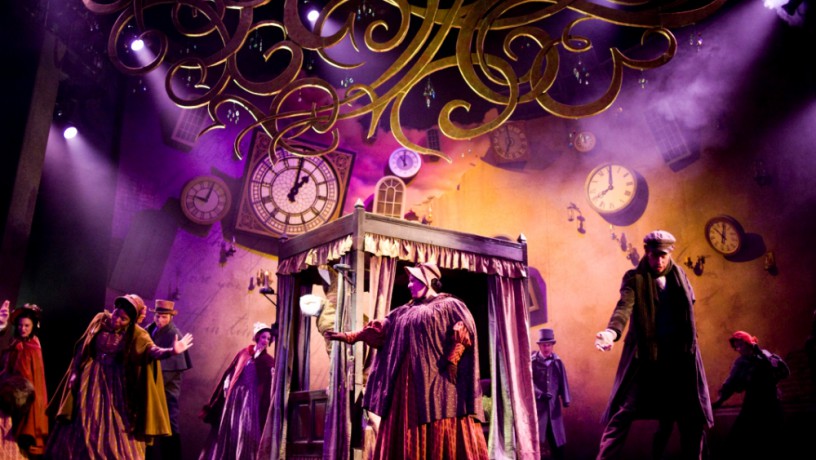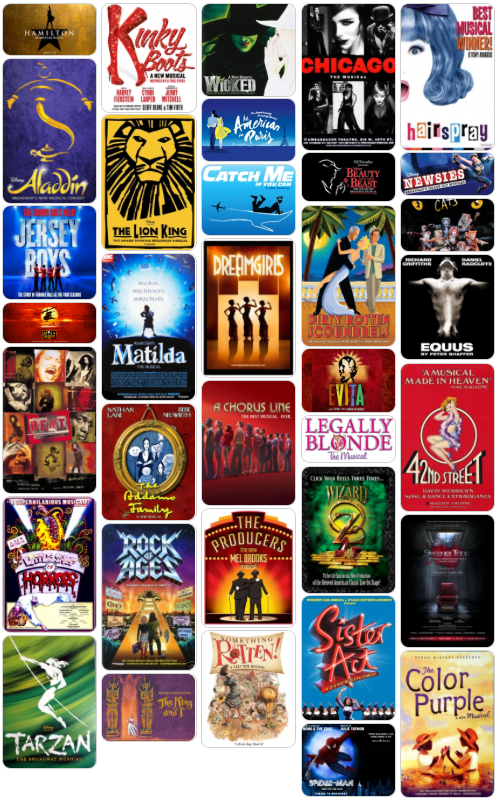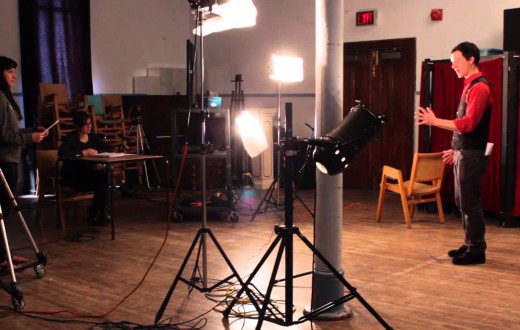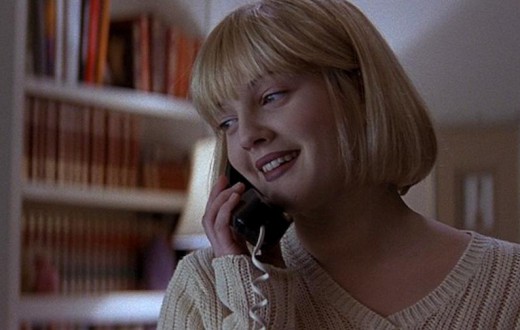There’s more to theatre than just someone enacting something on the stage. There are different kinds of theatre productions that cover different types of themes and styles. Whether you’re planning to start your own theatre project are looking to get into theatre as a form of entertainment, it would help to know the following kinds of theatre productions.
Musical
Musicals are plays that are performed in completely in song and dance form. Musicals were made immensely popular by London’s West End to New York’s Broadway theatre.
Fringe Theatre
Fringe theatre is a form of theatre that is experimental in its style and narrative. One of the highlights of fringe theatre is that it’s pretty frugal in nature – in terms of technicalities, production value etc. In its earlier days, fringe plays were held in small scale theatres and little rooms above pubs. Often, these kind of plays are also full of edgy and unconventional stories, led by one person and wrapped in a single act. This helps a fringe play stay low cost and have multiple showings in one day.
Immersive Theatre
 Immersive theatre is perhaps the most interesting and interactive form of theatre there is today. Unlike conventional forms of theatre, where the line of communication is just one way i.e. performers to audience, in an immersive theatre, the audience too plays an active part in the performance, in however small a way it may be. This kind of play transcends the limitations of venue, narratives and flow of a story. The play may be staged in a dilapidated building; it may be set up as a treasure hunt across town or may even usher the audience from room to room. The audience is also involved in the plot movement – i.e. a member of the audience may be asked a question or to choose between two doors. It’s like watching a film in 3d, but even more experiential.
Immersive theatre is perhaps the most interesting and interactive form of theatre there is today. Unlike conventional forms of theatre, where the line of communication is just one way i.e. performers to audience, in an immersive theatre, the audience too plays an active part in the performance, in however small a way it may be. This kind of play transcends the limitations of venue, narratives and flow of a story. The play may be staged in a dilapidated building; it may be set up as a treasure hunt across town or may even usher the audience from room to room. The audience is also involved in the plot movement – i.e. a member of the audience may be asked a question or to choose between two doors. It’s like watching a film in 3d, but even more experiential.
Melodrama
Melodrama is a form of theatre wherein the plot, characters, dialogues are all exaggerated in order to appeal directly to the audience’s emotions from the very beginning. Orchestral music or songs are often used to accompany the scenes or to signify specific characters. This form of theatre was most popular during the 18th and 19th century.
Autobiographicals
Autobiographical plays are, as the name suggests, plays told from a first person perspective. The lead walks (or talks, for that matter) the audience through his life and its many moments. Autobiographicals can either be a solo play or a multi-character play.
Comedy
Now, don’t we all know what a comedy play is! Comedy plays could cover various themes spanning satire, malapropisms, characterizations, black comedy and so on. Shakespearean plays explain that if a play has a happy ending then it’s a comedy, but over the years, comedy has come to denote so many other things – one of them being conveying a social message to the audience in a more palatable format.
Tragedy
Tragedy play is based on human suffering and emotionally painful events. These plays have evolved from Greek tragedy plays that focused on a single theme and plot, to its present day form that tackles multiple themes, storylines and sub-plots. Earlier tragedy plays chronicled only the royalty and people in places of immense power, however over the course time they have become the stories of the common man’s struggle.
Historic Plays
These plays are based on a historical narrative – they are either an enactment of a historical event or personality, or an adaptation of the same. This genre has been best defined by William Shakespeare’s plays like Julius Caesar and Henry IV.
Farce is a variation of comedy, wherein the play uses absurd and exaggerated events in the plot. A farcical play is loaded with ridiculous and highly preposterous elements; in such a play the character sticks out like a sore thumb from his surroundings. It can be said that farce mostly relies on slapstick humour.
Solo Theatre
Again, like the name suggests, solo theatre is led by only one actor. These plays could be anything, from comic acts to theatrical representations of poetries and stories. This style of theatre stems from the rich and ancient history of oral storytelling present in almost every culture for a thousand years, where people gather around one person who enacts out the whole story (including multiple characters). What makes solo plays so interesting is the fact that actor has to make sure the act does not get boring or monotonous for the audience; s/he has to keep adding different strokes and shades to his performance. Internationally, Sir Patrick Stewart has enacted all 43 characters of Charles Dickens’s novel A Christmas Carol (which is the only novel to be turned into a Solo act).
Epic
An epic is often mixed up with a tragedy play, although both are completely different concepts. In an epic, the focus is less on making the audience identify with the characters on stage and more on bringing out the connection with the setting of the stage. Epic theatre is more about scale, and it relies on making people react to the story more rationally than emotionally.








